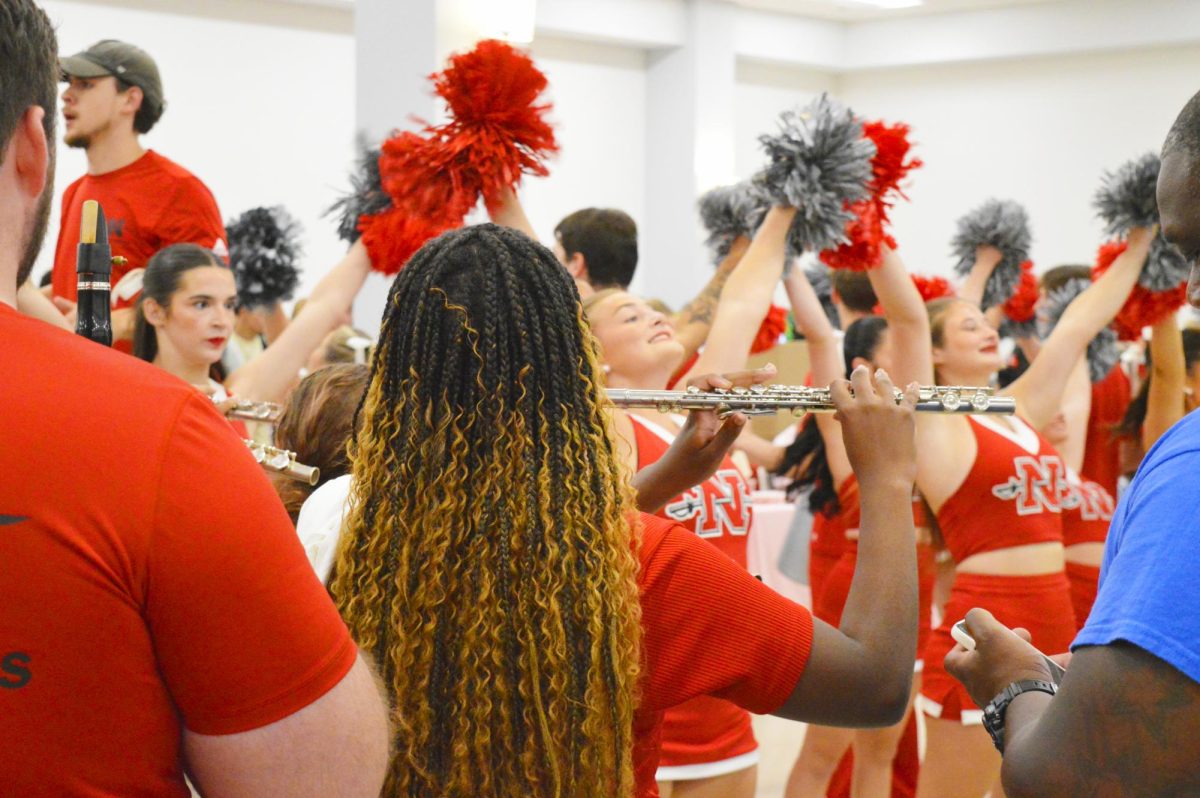The recent surge in production of movies set during World War II has produced many memorable films.Pearl Harbor, however, is a very disappointing film.
This movie suffers from an identity crisis. What is this movie trying to be? Pearl Harbor is not sure.
The mode of this movie keeps shifting between docu-drama and love story.
The agenda of the movie is ambitious and ambiguous: present a love story, accurately portray a significant historical event, and bridge the two effortlessly.
Considering the colossal amount of cash – a whopping $135 million – spent on this film, it seems the producers could have created a better screenplay.
The tale is told from the viewpoints of three primary characters: pilots Rafe McCawley (Ben Affleck) and Danny Walker (Josh Harnett), and nurse Evelyn Johnson (Kate Beckinsale.) Rafe and Danny are the best of friends until Evelyn comes between them.
The love story is gratuitous and predictable. Clichs are abundant, and much of the dialogue seems shallow yet forced. The plot is devoid of inventiveness.
Viewers are left wondering why such esteemed characters can fall for such lame lines. Then, during the attack scene, Evelyn, confronted by many wounded servicemen, cannot find anything to stop one man’s bleeding. So, what does she do? She slips off her stockings. Ugh!
Japanese commanders are seen making attack plans outdoors with bamboo-framed banners as their only walls. Get real!
Anyone who saw Star Wars: The Phantom Menace and was disgusted by the scene in which a young Anakin accidentally takes off in a fighter ship, accidentally gets the ship out of the hanger, accidentally gets off the planet and accidentally destroys the enemy ship giving power to the droid army would be almost equally disgusted with the similar opening scene of Pearl Harbor.
Pearl Harbor makes an attempt (and fails miserably) to be all things to all viewers. Young viewers want action. Middle age men wonder what war was like. Women love a love story, and the elderly want to see if the film depicts what they remember.
There is the typical attempt at achieving ethnic diversity with blacks, women and Asian-Americans in action. (There is no real presence of Hispanics in action, but the directors may have felt they appeased Hispanics by casting an actor named Cuba for the leading black character. Go figure.)
Having ethnic diversity is not entirely bad. What is bad, however, is having ethnic diversity for the sake of having ethnic diversity.
Cuba Gooding, Jr., plays real-life Doris “Dorie” Miller, a mess-hall worker on the U.S.S. West Virginia. Amidst the chaos of the attack, Miller took control of an anti-aircraft gun and downed two Japanese planes.
For his heroism, Miller became one of the first blacks in U.S. military history to receive commendations for heroics.
Miller’s tale is very inspiring, and Gooding’s acting is par, but seems out of place and unnatural to the development of the plot, including the ending catharsis.
Another real-life character is Lt. Col. Jimmy Dolittle (Alec Baldwin.) Dolittle’s inclusion is the opposite of Miller’s; Dolittle’s inclusion is quite natural, but Baldwin’s portrayal leaves much to be desired. (Perhaps that is what makes this movie so disappointing; almost all of the movie’s elements had the potential to be so much better.)
Dolittle, a daring but insightful air commander, gained fame when he and his “Tokyo Raiders” flew over mainland Japan in a sneak attack that, psychologically, at least, avenged the Pearl Harbor bombing.
Baldwin’s portrayal is only genuine until he opens his mouth and you hear what comes out. (Actually, this movie would have been a lot better if many of the characters would have kept their mouths shut.)
The fluff that leaves Baldwin’s mouth has no place in 21st century movies. Hasn’t Hollywood gotten over the blindly patriotic melodramas of the 1940s and 1950s?
Most of the movie’s budget, however, went towards creating the attack scene, which is the most effective scene in the film. Still, there are several inaccuracies.
What are ships of 1960s (and 1970s) design doing in Hawaii in 1941? Perhaps veterans, historians, and military analysts are not worth the money it takes to fool them.
Perhaps the most disgusting historical inaccuracy occurred when directors had President Roosevelt stand up from his wheelchair to make a point to his staff.
This was a scene of cheap theatrics. FDR did everything he could to deflect attention from his disability.
If you want to see an accurate – yet still dramatic – movie about the bombing of Pearl Harbor, rent Tora! Tora! Tora! Otherwise, save your money and wait for it to come out on video tape.
Then you will have the luxury of using your mute button.








